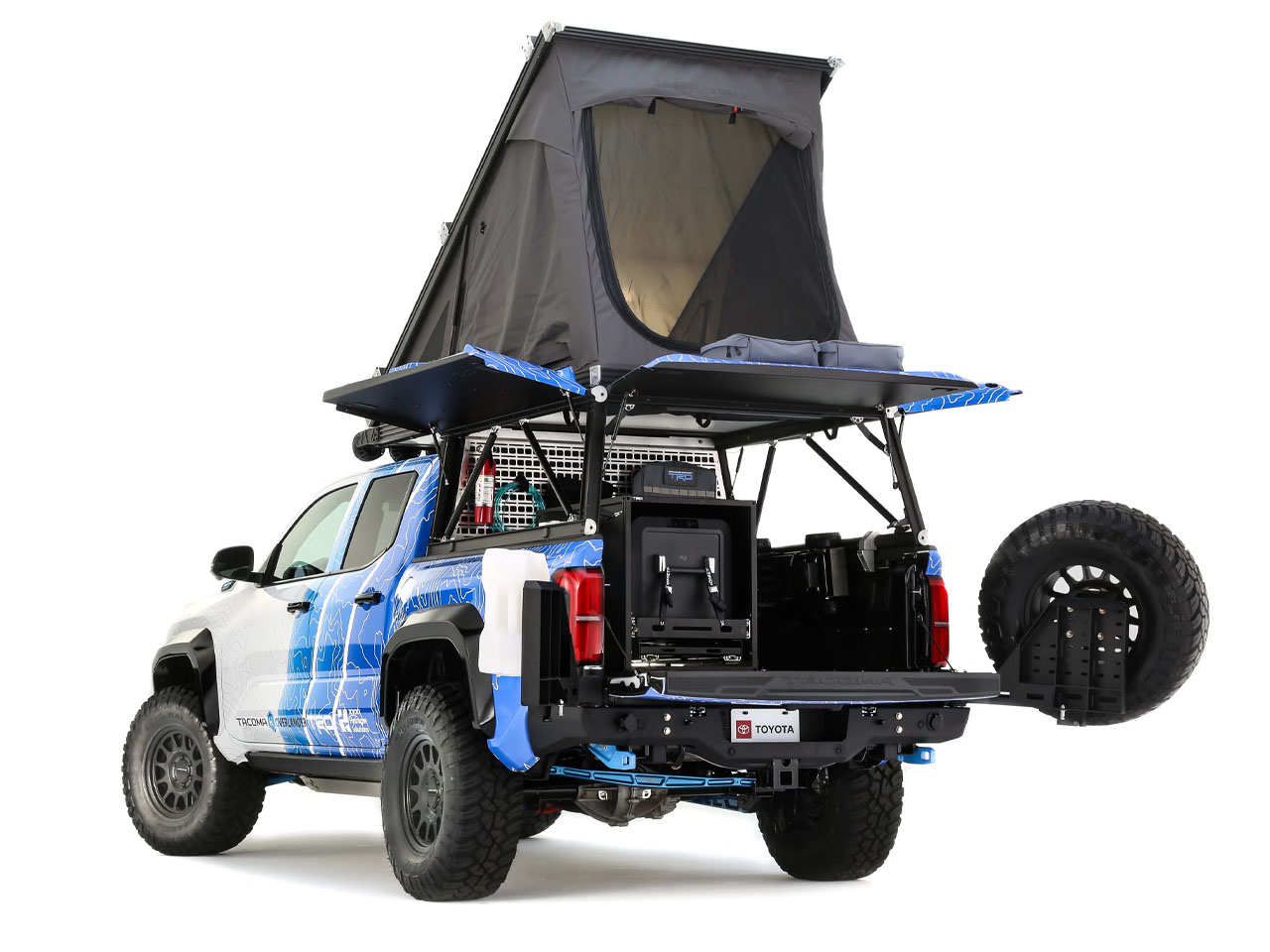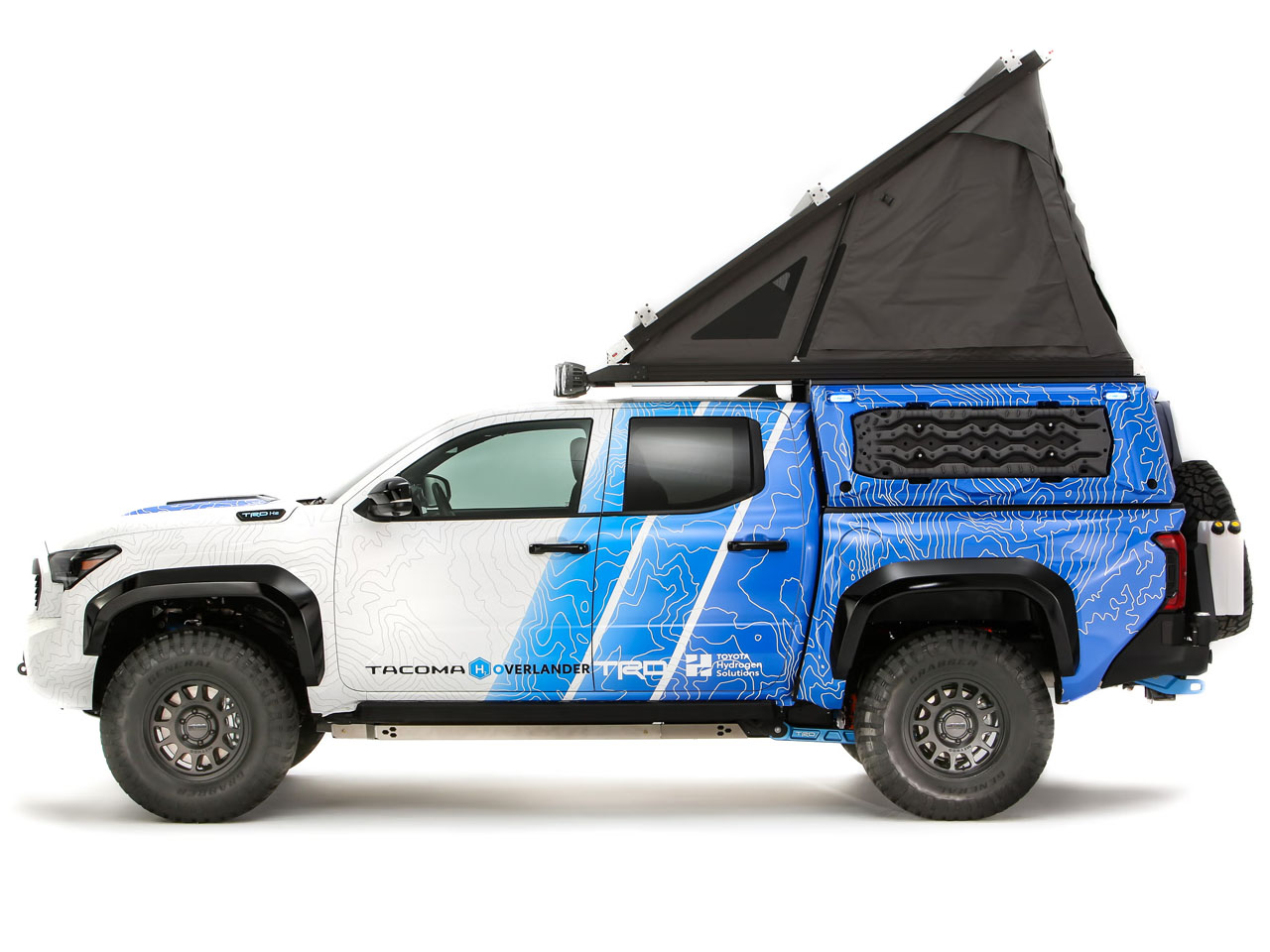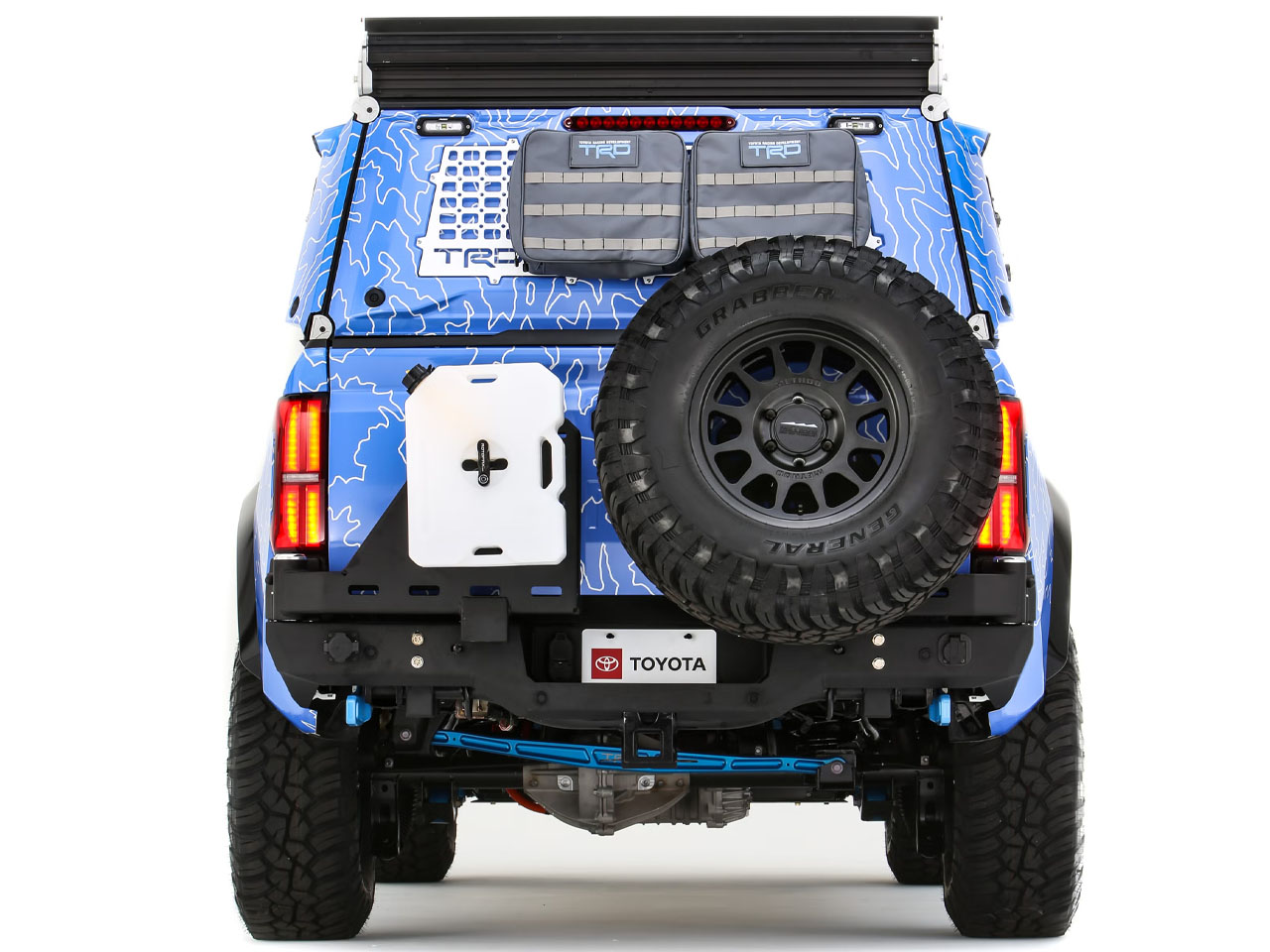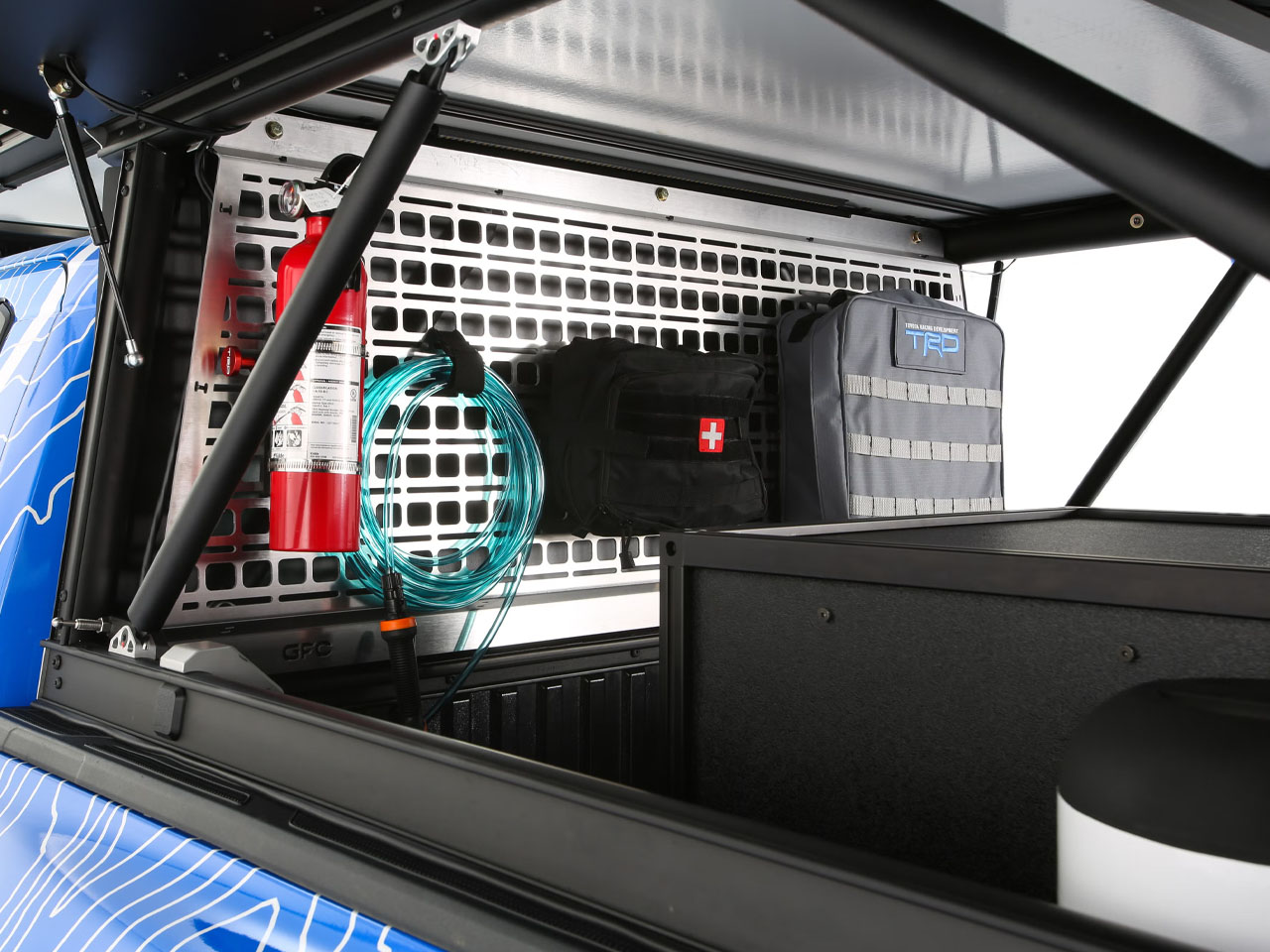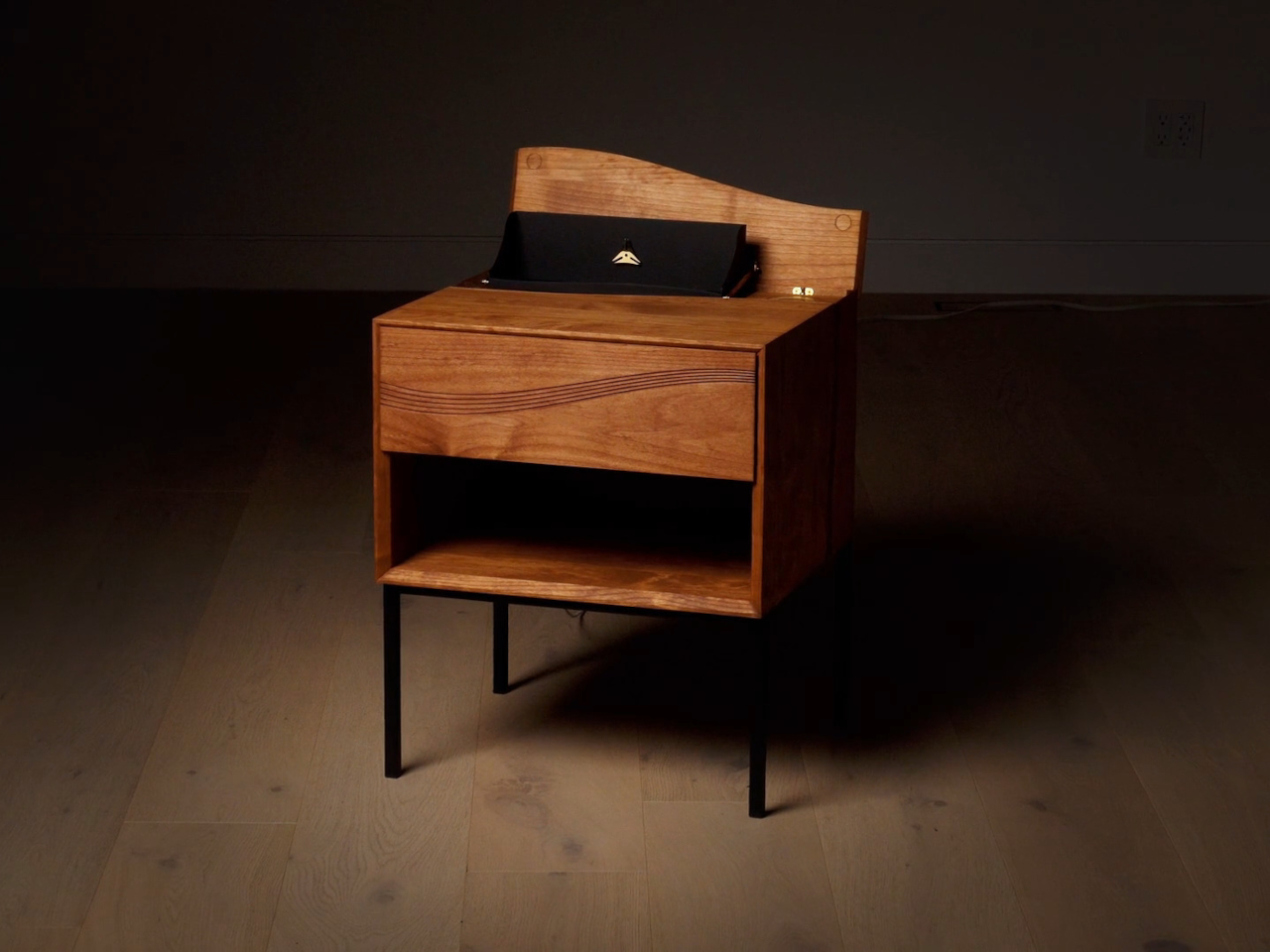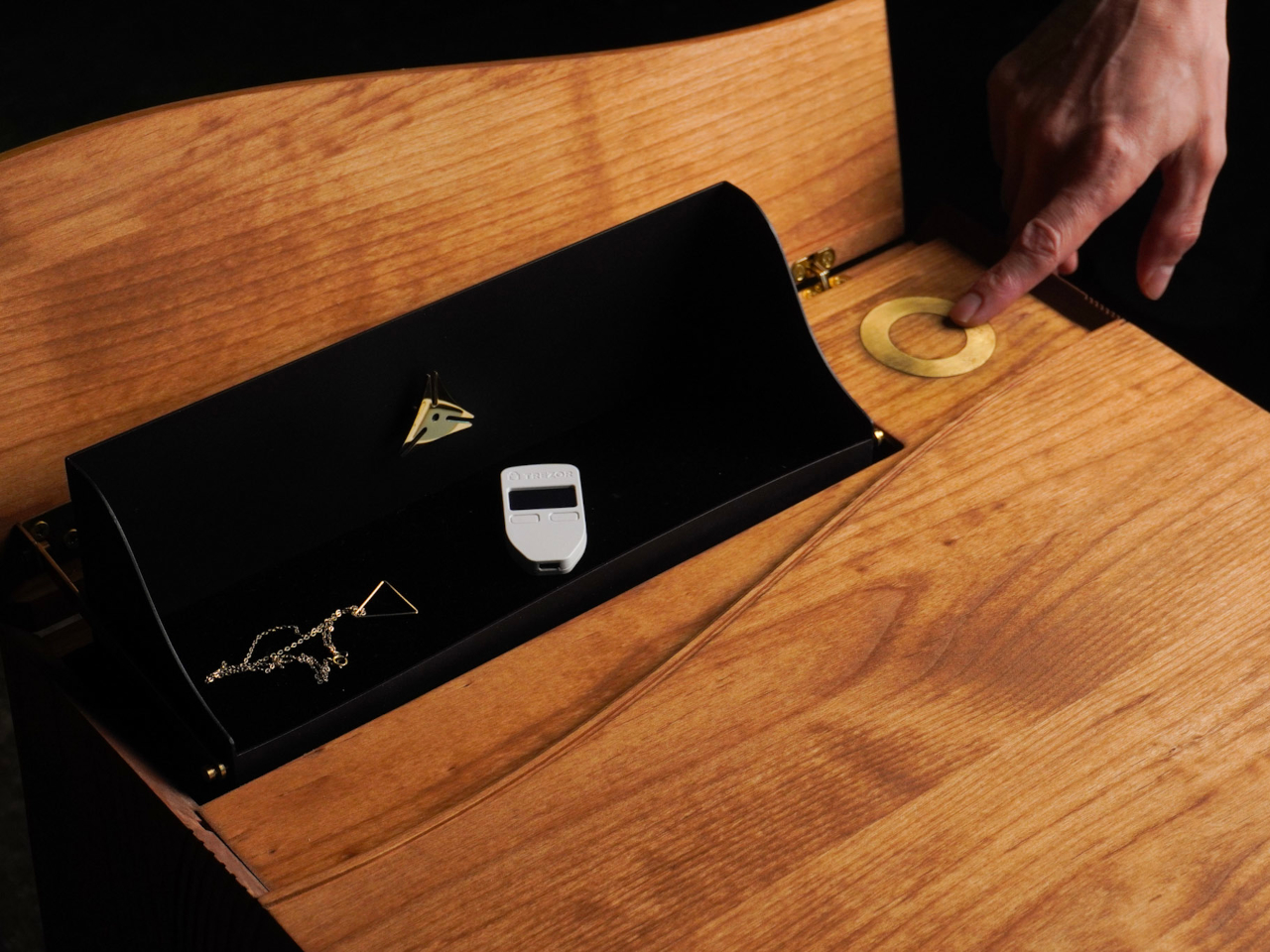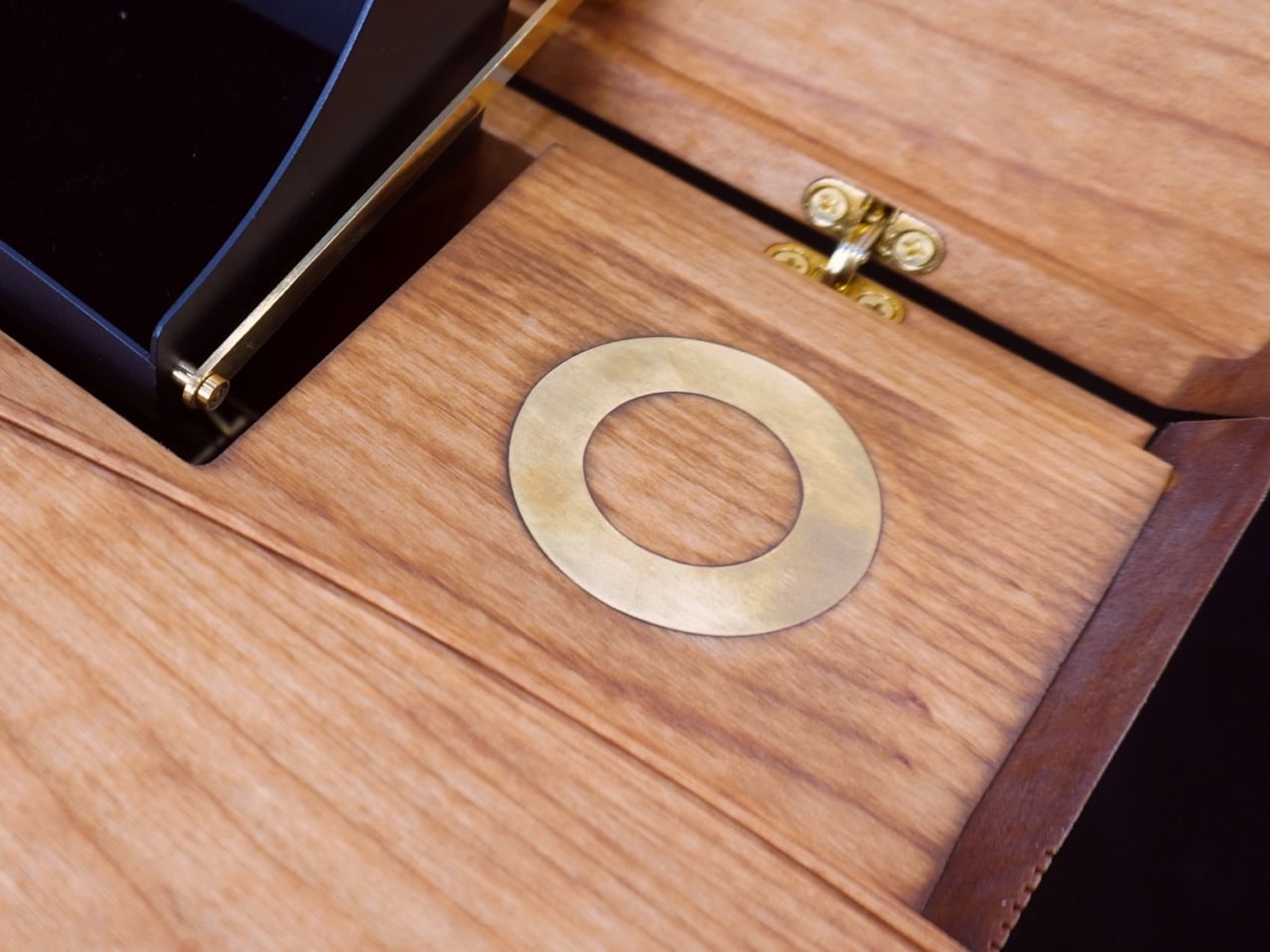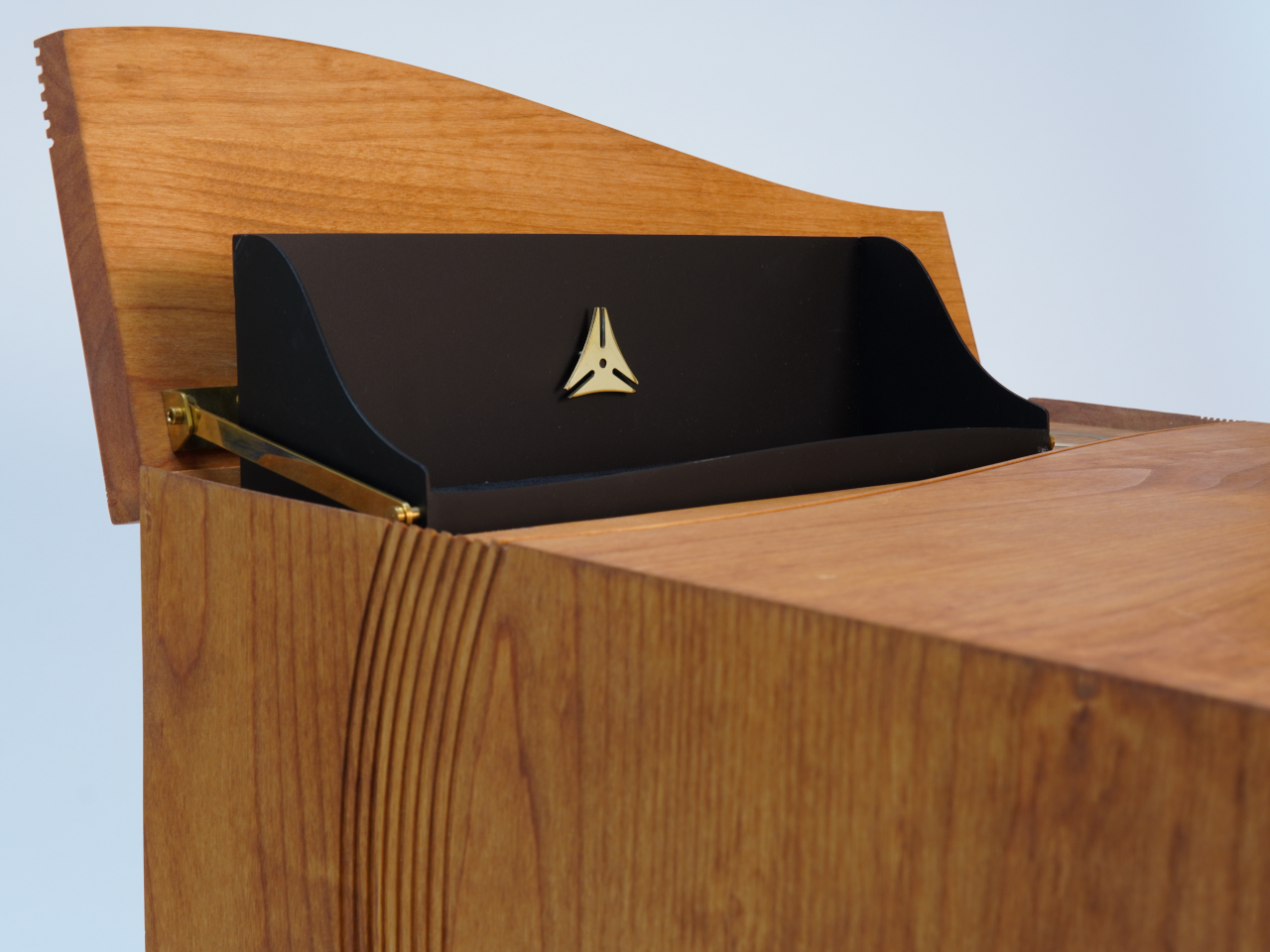Since being placed on a Department of Commerce entity list in 2020 over national security fears, China’s DJI has faced the threat of a US ban on its hyper-popular drones. After exhausting its appeals and losing a lawsuit last month, DJI products like the Mini 4 Pro, Avata 2 and Neo may disappear from US shelves starting December 23.
The situation could be even worse than initially expected. The FCC just gave itself the power to retroactively cut off products from companies on its “covered” list, including DJI. That gives the government the right to not just halt sales of future products, but enact rules preventing people from using drones they’ve already purchased.
DJI dominates the consumer US drone market, so a ban would be terrible news for hobbyists and creators, along with industrial and public safety operators. However, the government’s concerns about the company’s drones as potential spying tools are very real.
A brief history of DJI
DJI, or Da-Jiang Innovations, is based in Shenzhen, China and introduced its ready-to-fly, now-iconic Phantom drone in 2013. It was $629 and offered a more user-friendly experience than other drones at the time, opening up aerial photography to creators and cinematographers.
The company followed with increasingly sophisticated products like the Mavic Pro, Mini 3 Pro and Avata, along with larger commercial drones. It continued to expand its range with the small but powerful Air 3, Neo and Flip. As of 2020, DJI had an estimated 77 percent of the US drone market (which accounts for 40 percent of its sales), leaving rivals to fight for scraps.
Most observers attribute DJI’s dominance to its engineering-first culture. To give an idea of its technical progress, the latest 2025 Mavic 4 Pro can be flown from 25 miles away, compared to just 0.62 miles for the 2015 Phantom 3. Nearly every DJI drone feature, including video quality, battery life, range, tracking and obstacle detection, is superior to rivals.
Catching the eye of the US government
By 2016, the company had caught the attention of US regulators concerned about Chinese camera-equipped drones flying over sensitive facilities. While no one has uncovered a smoking gun proving that DJI drones spy for China, they undoubtedly pose a potential national security risk. The Cybersecurity and Infrastructure Security Agency (CISA) laid out the dangers last year in a guidance sheet:
DJI is subject to China’s 2017 National Intelligence Law, which compels companies to cooperate with state intelligence services.
The 2021 Cyber Vulnerability Reporting Law requires Chinese-based companies to disclose cyber vulnerabilities to PRC authorities prior to any public disclosure, which could allow them to exploit such flaws before they’re publicly known.
UAS (unmanned aircraft system) devices controlled by smartphones provide a path for UAS data egress and storage, which could enable intelligence gathering on US critical infrastructure.
Updates controlled by Chinese entities could introduce unknown data collection and transmission capabilities without the user’s awareness.
When a UAS is incorporated into a network, the potential for data collection and transmission of sensitive imagery, surveying data and facility layouts increases.
In 2017, DJI’s drones were banned from use by the US Army. Later that year, the Department of Homeland Security (DHS) issued a memo stating “with moderate confidence” that DJI’s drones were “providing US critical infrastructure and law enforcement data to the Chinese government.” The agency never provided any direct proof, however, and DJI denied it.
Then in 2020, DJI was added to the US Department of Commerce’s “entity list” over claims it “enabled wide-scale human rights abuses within China.” That meant the company could no longer buy parts or services from US manufacturers, like Amazon Web Services, Texas Instruments and Intel. In response, DJI said it was “disappointed” with the decision but customers could “continue to buy and use DJI products normally.”
A year later, however, it was placed on the Treasury department's "Chinese military-industrial complex companies" list for its alleged involvement in the surveillance of Uyghur Muslim people in China. That banned US citizens from investing in the company.
The US Department of Defense (DoD) piled on in October 2022, putting DJI on a list of “Chinese military companies” operating in the US. After the DoD refused DJI’s delisting petition in 2023, the company filed a lawsuit, arguing that it was “neither owned nor controlled by the Chinese military.” Nearly three years later, a court ruled against it, saying the DoD had substantial evidence that DJI contributed to the Chinese defense industry. DJI has since appealed that decision.
In September 2024, the US House of Representatives passed the Countering CCP Drones Act. Though still pending approval in the US Senate, the law would allow the FCC to block DJI’s drones from accessing US radio waves, effectively making them unusable here. DJI denounced the action as “inaccurate and unsubstantiated.” Later that month, US Customs and Border Protection was reportedly blocking some DJI drone imports under the Uyghur Forced Labor Prevention Act.
Moving closer to a ban
Near the end of last year, the US military’s annual defense spending bill (called the National Defense Authorization Act or NDAA) further boosted the possibility of a DJI ban. It required an “appropriate national security agency” to rule that a company’s products didn’t pose an “unacceptable risk” to US national security, lest it be placed on a covered list. The DoD offered DJI and other companies a year to obtain such a ruling.
Because of the DoD’s requirements, DJI paused US sales and distribution in retail channels, citing regulatory uncertainty. However, some drones that originally couldn’t be purchased in the US, like the Mavic 4 Pro, can now be found on retailers like Amazon and B&H Photo Video — albeit at inflated prices compared to other regions.
In March, DJI sent a formal letter to five national security agencies (DHS, DoD, FBI, NSA, and ODNI) requesting that any or all of them begin evaluating its products. In a June blog post, however, DJI stated that none of them had offered to perform such checks.
“If no agency steps forward and completes the review by the December 2025 deadline, the NDAA provision could trigger an automatic ban on DJI… simply because no agency chose to take on the work of reviewing our products,” the company said. DJI further explained that it was “ready” for such an audit.
Last week, the situation became potentially more dire for DJI. The FCC voted 3-0 to give itself the authority to ban devices and radio components previously approved for operation in the US. On top of the NDAA ban, the FCC would theoretically have the right to prevent DJI’s drones and other products from using US radio frequencies, effectively making them inoperable. The new regulations would also empower the FCC to bar any clones of products like the Mavic Air 3 created by alleged DJI shell companies like Anzu and Skyhigh Tech, as The Verge reported.
The FCC did underline that it wasn’t planning to take away drones people have already purchased. “We emphasize that we are currently not requiring manufacturers to replace equipment in the hands of consumers,” it said in a fact sheet. “The continued use of such equipment… would remain authorized.”
The FCC would be required to undertake a “public interest analysis” for each product to be banned while giving “particular weight” to national security concerns. It would also be required to allow the public to comment during a minimum 30 day period, according to a fact sheet.
The possible outcomes
Here are scenarios that could arise before the December 23 deadline:
DJI passes its audit. In the best case scenario, which looks unlikely at this point, DJI would pass its audit and not be added to the FCC’s covered list. The company could fully resume sales of new products, rather than being stuck in limbo as it is now, and existing drones would remain legal with full support.
DJI receives another extension. If this happens, the status quo would remain. New drones like the Mavic 4 Pro may still be hard to purchase, but you would likely be able to buy previously approved products like the Mavic 3 Pro. Existing drones would remain legal with full support.
The FCC blocks new DJI certifications. New drone sales would not be approved in the US. Existing drones would remain legal but possibly lose long-term support.
DJI drones are placed on the covered list. All drone sales for both new and previous models would cease. Current drones would be allowed to operate but may lose updates and future support.
DJI drones are banned retroactively. All DJI drone sales are banned and existing drones grounded or severely restricted. The FCC has said this won’t happen.
DJI has reportedly spent over $17 million since 2016 on lobbying and launched the Drone Advocacy Alliance last year to enlist support from customers. It has some allies as well, like agricultural drone operators that formed a lobby last year. Law enforcement, search and rescue and other agencies have also expressed concerns about the higher costs, lower reliability and reduced performance of non-DJI drones.
However, US politicians are largely unsympathetic. Senator Rick Scott (R-FL) refused to even take meetings with DJI’s lobbyists, calling the company part of a “despicable government” that wants to “spy on us.” The same sentiment appears on the other side of the aisle. “I simply won’t stand by and accept that risk, which is why I’ll continue to support DJI being added to the list of banned telecom technology,” said Representative Frank Pallone Jr. (D-NJ).
So what’s liable to happen? Given the limited time left before the December 23 deadline, I believe the number three or four scenarios above are most likely: The FCC blocks new certifications and DJI drones are put on the covered list. DJI would then be forced to cease sales of new drones and possibly stop selling current models. Customers in the US would still be able to use their existing products, but may have trouble obtaining repairs and updates. If you’re a DJI drone owner in the states, you might want to formulate a contingency plan.
DJI may be resigned to that scenario as well, hoping that a ban will create enough customer outcry to stimulate political action in its favor. The company’s only other hope is that the US and China miraculously strike a trade deal that includes DJI. Given the anti-China sentiment in Washington, that looks unlikely — but then again, with Trump as president, anything is possible.
This article originally appeared on Engadget at https://www.engadget.com/cameras/why-dji-drones-might-be-banned-in-the-us-170030273.html?src=rss